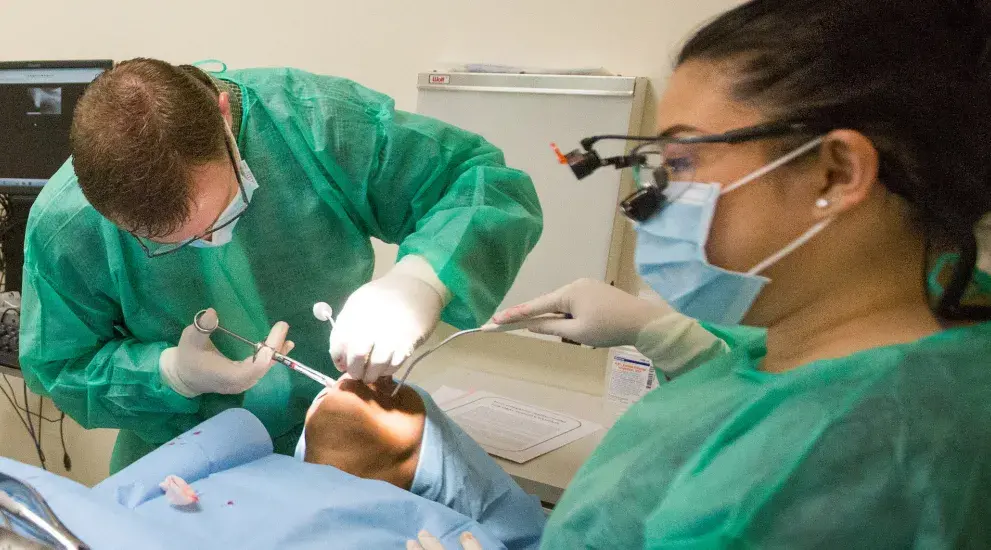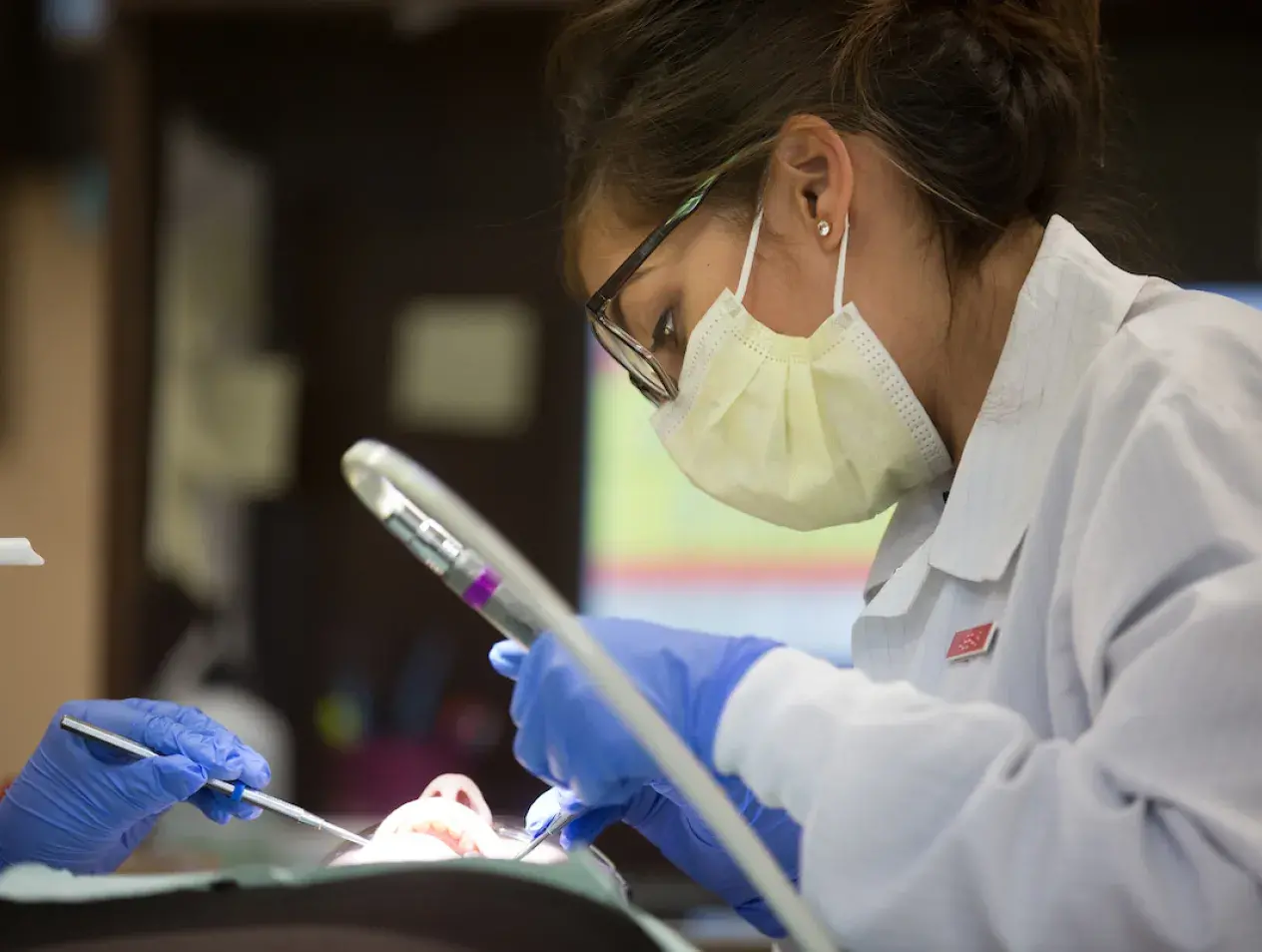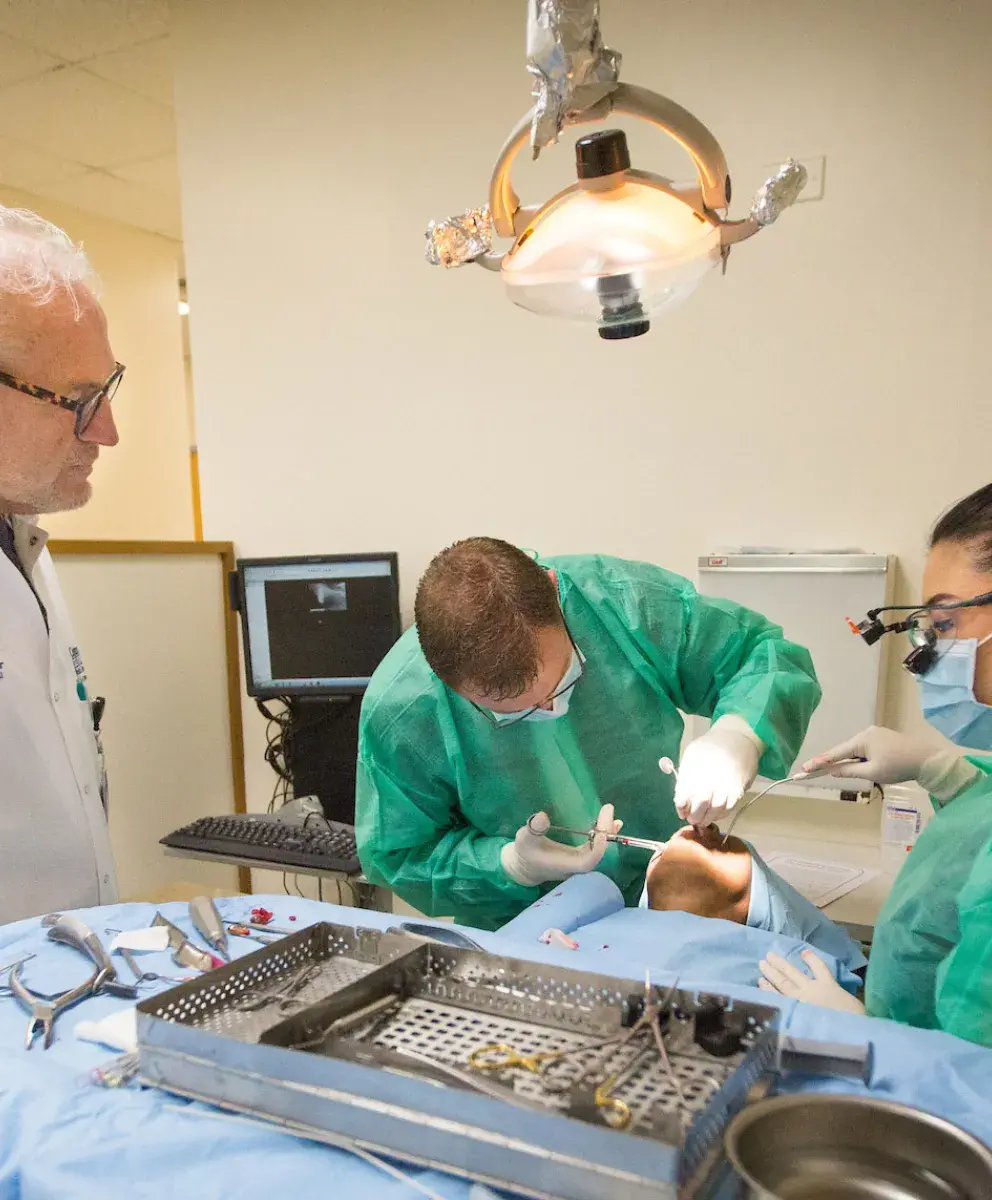
Dental Implants Overview
What dental implants can do for you.
Join the millions of patients around the world who are successfully using dental implants.
You may be missing only one tooth, or you may be missing all your teeth. Whatever your situation, implants have become a proven treatment, reliable enough to offer a lifetime of service.
Implants aren’t appropriate for every patient, there are some risks involved, and man-made things are imperfect compared to the natural things they are intended to replace.
But most implant patients are happy with their implant, and they find that the quality of their lives has been greatly improved.
First Steps in Considering Dental Implants
If you’re in good health, don’t have a history of smoking or taking osteoporosis medications, and have sufficient bone mass, implants may be right for you.
We encourage you to find out how to become a patient with us so that we can schedule a comprehensive oral evaluation.
What to Know About Dental Implants
Creighton focuses on improving quality of life with implants. You deserve to eat, speak and smile comfortably and confidently. Here is what you need to know if you are considering dental implants.
The Dental Implant Procedure
Start by talking to the restorative dentist; the one who will be doing the restoration. The restorative dentist is in the best position to help you weigh your options; prescribe which type of implant should be used, how many implants should be placed and where they should be placed to give you the greatest benefit.
Constructed from durable, bio-friendly titanium, implants are surgically placed oral fixtures onto which crowns, bridges and dentures can be firmly anchored—just like your natural teeth from the root up.
Finding your smile again with implants involves two surgical procedures.
First Procedure
Your implants will be placed in the jawbone, where over the next few months they will become integrated with your natural bone tissue. This process can take four to eight months, during which time most patients do not experience any disruptions to their daily lives.
Second Procedure
The second surgery will uncover the surgically placed implant on which the denture or crown can be attached. This is a relatively short procedure, done with local anesthetic only.

Types of Implants
Fixed Prosthetics
Most dental implants are used to support “fixed” restorations, that is, crowns or bridges. The limitation of fixed prosthetics, however, is that crowns and bridges replace only missing teeth. If you’re also missing gum tissue and bone, a purely fixed restoration may not be right for you.
Removable Prosthetics
Implants for removable prosthetics, more commonly known as dentures, replace missing teeth, bone and gum tissue; therefore, they can be more aesthetically pleasing than fixed prosthetics in some cases. They also tend to be easier to clean and maintain than fixed prosthetics, as well as more affordable and adaptable in the case of later tooth loss.
Bone Grafting
For patients with insufficient bone mass, state-of-the-art bone grafting techniques can help to adequately prepare your jaw for implant placement.
The first and most extensive type of bone grafting is always performed before the implant placement. This type of graft is intended to make large changes to the shape and size of the jawbone so that a stable implant can be placed, usually several months later.
In the second type of bone grafting, the jaw may already have enough bone to place the implant, but not enough bone to completely cover the sides of the implant. These types of grafts are generally small in size and are performed at the time of implant placement.

Bone Grafting FAQs
Preparing the jawbone for implant placement naturally produces bone shavings, which can be collected and used as grafting materials. In the cases of larger grafts, surgical procedures have been developed to harvest additional bone from elsewhere in your body. Alternatively, receiving human donor bone or animal bone elements is like receiving blood from the blood bank. These materials have proven to be extremely safe for patients, and Creighton works only with reputable national tissue banks.
Care of Your Dental Implants
A successful implant should feel solid in the bone, be free from pain, and the gum tissues around the implant should look healthy and pink. It is true that an implant will never have a cavity, but it can certainly get gum disease.
For this reason, you must be diligent in caring for your implant every day.
- Brushing and flossing to remove dental plaque are still as important as ever. You may use the same soft brush and the same toothpaste that are used on natural teeth. Ask your dentist or hygienist to demonstrate the proper way to brush and floss.
- Daily use of an anti-bacterial mouth rinse has been shown to improve the lifetime of dental implants.
Common Dental Implant Complications
You will also need to continue regular check-ups. This becomes more important for patients with implants than for patients without implants. Implants can, and do, fail. If they begin to fail, there are often no symptoms until it is too late to act effectively. For that reason, early detection of clinical failure is extremely important.
The main sign of early failure is loss of bone surrounding the implant, and that can only be detected by making an x-ray.
- Dental implants should be x-rayed every 6 months for the first 2 years, and then every 3 years after that.
- At your check-up, your dentist will examine the implant to determine if the gums are healthy and if there are any signs of bone loss.
- Your implants should also be cleaned every 6 months. Implants are easily scratched, which can affect their health; so, special instruments will be used at your appointment.
- Removable appliances have rubber or plastic attachment parts which will wear out. The lifespan of these wearable parts is usually 6 months.
By now you have probably concluded that it will be important for you to make sure to schedule a check-up every six months, just like with your natural teeth.
Watch the video below for a more in-depth look at caring for your dental implants.
Caring for Your Dental Implants





